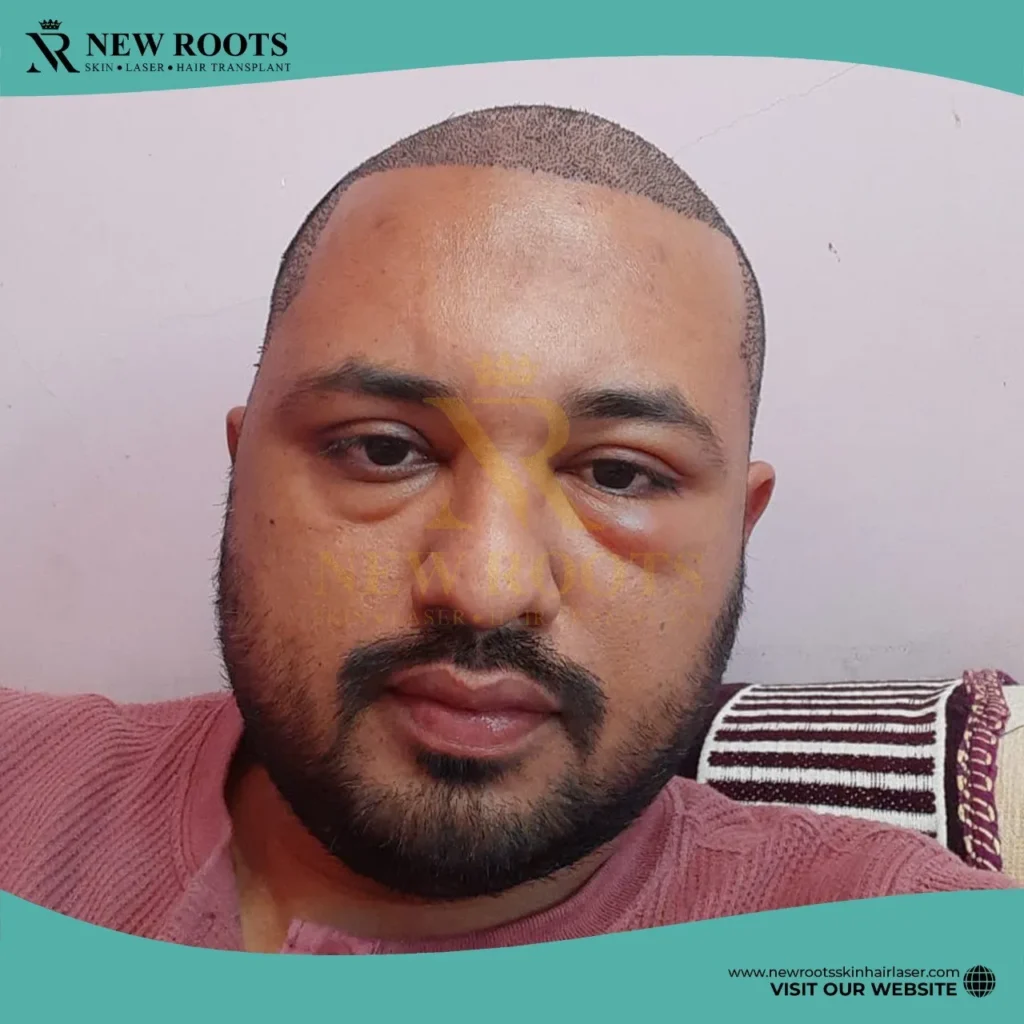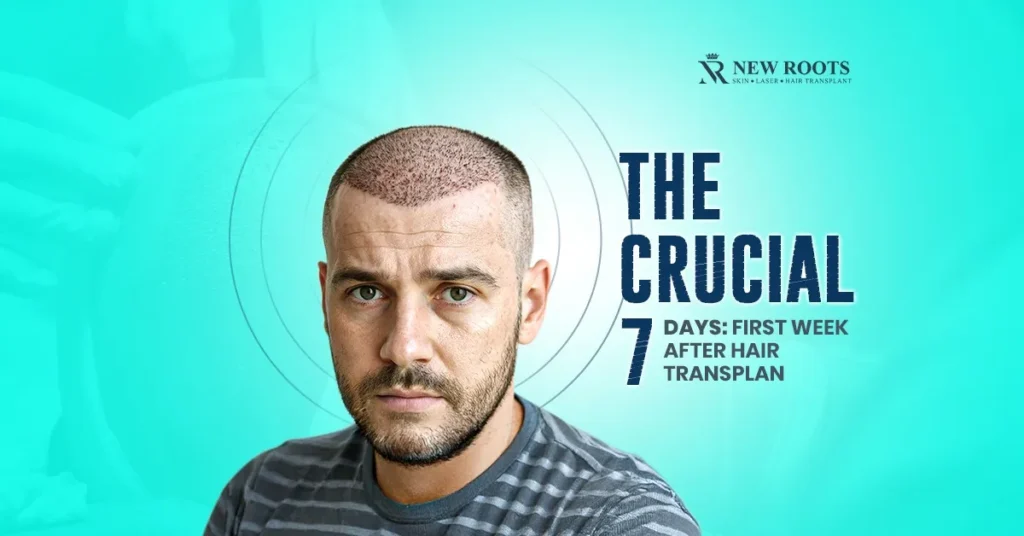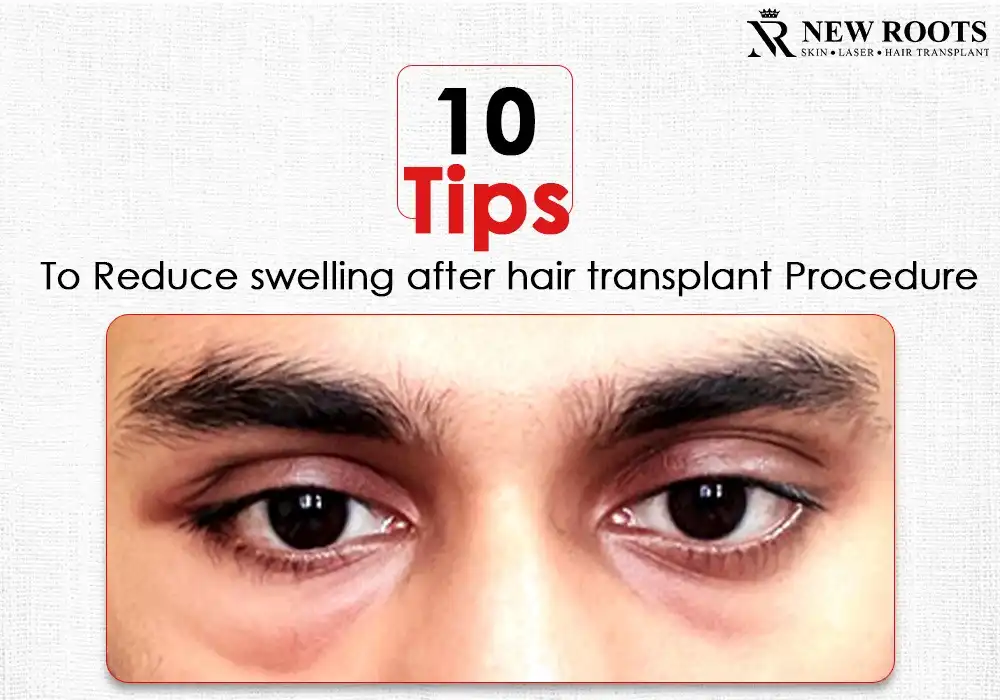The process of beginning hair restoration via hair transplant may be quite thrilling, as it is stressful.
This article seeks to explain all that one may expect during the first week after hair transplant to have proper expectations.
Read this complete guide to know what happens during this important period and discover tips for care, things to observe, and what to expect in the following weeks.
Introduction
The First Week After Hair Transplant is important for ensuring effective recovery and accomplishing top-quality effects.
This vital guide to the First Week After Hair Transplant restoration outlines the necessary steps and precautions to take for the duration of this preliminary section.
Proper aftercare can notably affect the achievement of your hair recuperation process.
It is important to recognize what to expect throughout this time, including common symptoms and recommended practices to enhance recuperation.
Following the tips will not only promote healing but also lay a solid basis for the new hair boom to flourish, ensuring lasting and best results.
Table of Contents
Hair Transplant Surgery Information
Nevertheless, let us first turn to the brief description of what a hair transplant is before discussing the first Week After Hair Transplant.
More often, treatments like Follicular Unit Extraction (FUE) are used for transplanting healthy hair follicles from a donor area to balding or thinning areas like the frontal hairline or mid-scalp.
This is a relatively painless procedure that gives the individual very aesthetic outcomes; however, care should be taken afterward.
The Critical Period: Days 1-7 Post-Transplant
Some important changes in the scalp after hair transplant may be witnessed in the first week as follows.
This is the time when patients should pay much attention to the proper care to have the perfect health of the graft sites, as well as the donor area.
Day 1: Immediate Post-Procedure Care
Following a hair transplant surgery, the individual is expected to experience a minor body ache at the donor area, as well as the site where the follicular units were grafted.
This is quite typical, and in most cases, the skin of the scalp turns somewhat red or swollen.
Some topical drugs can be bought without a prescription and will help to reduce pain and inflammation, including in the forehead area.
Days 2-3: Monitoring Symptoms
Every individual differs, and these signs may last from one week following the transplant to the next.
When the surgery is over, some of the patients may develop some anesthesia side effects, such as numbness in certain parts of the head, particularly the scalp area.
Some mild inflammation might still occur during this stage, if not swelling in larger sizes or discomfort in some form.
Direct contact should not be made or scratching the areas since they may be the same as complications arising from infection or destruction of the grafts.
Days 4-7: The Healing Process
During the first week, people may experience changes in skin density, but these might not be very prominent.
This involves the creation of graft crusts and scab formation around the newly implanted follicles.
Sometimes there is itching that may be slightly unbearable, but one should stay without scratching him/herself.
If itching becomes unbearable, it is advised to consult your doctor for information as to which remedies to use.
Understanding Graft Health
Assessing the state of grafts in the course of the initial seven days post-hair transplant is vital for hair restoration. Here are key points to consider:
Immediate Viability: It is therefore crucial that the grafts contain healthy hair follicles, which are viable hair tufts taken from the donor site, in the first week after the hair transplant. It is during this time that they can adapt and/or secure survival in the new region.
Care Instructions: There are certain critical RPCs to be adhered to by the patients to safeguard the graft health. This entails steering clear of the sun, not scratching the scalp, and particularly observing the surgeon’s directions on washing and styling hair.
Signs of Health: The first week of hair transplant requires patients to closely observe the grafts in terms of the level of swelling, redness, and absence of signs of infection, such as tenderness and pus-like discharge.
Scabbing and Shedding: It is quite usual to have scabs formed around the grafted areas. People who use hair systems will also notice some shedding, which is normal as it results in hair growing back again.

Consultation with Experts: This suggests that patients should seek checkups from qualified surgeons often during this period to evaluate graft health and control for any complications that might arise.
It is necessary to highlight such aspects to ensure further successful regeneration in the coming months.
Addressing Common Concerns
The first week after a hair transplant is crucial for the patient’s comfort; therefore, their worries must be addressed. Here are key points to consider:
Swelling: Swelling, particularly in the forehead and around the eyes, is expected by most patients after surgery is complete.
However, that is usually rather harmless and should disappear altogether within a few days. One of the best ways that the swelling can be relieved effectively is by the use of cold compresses.
Redness: Some degree of erythema is anticipated at both the donor and recipient sites. Slight inflammation after surgery is normal because it marks the beginning of the wound-healing process and normally resolves in about two weeks.
Discomfort and Pain: Some moderate pain and soreness may be experienced by the recipient and donor sites following a hair transplant.
This pain may then require the use of over-the-counter-strength pain relief medication, which usually fades after the first two days.
Itching: They may also experience itching since the area may be prone to healing with the formation of a scar.
This is due to instructions given to the patients who have undergone the procedure not to scratch the area surrounding the grafted region.
A recommendation to use recommended medicated shampoos will be beneficial in treating this feeling.
Scabbing: They post-transplant the grafts; they are normally surrounded by scab formation. Pacemakers should not scratch the scabs as they interfere with the healing process in one way or the other.
It is reassuring that both the professional body and the general public are concerned since such awareness of the journey to be embarked on makes it easier the pass on to recovery.
Check-Up Appointments
Follow-up check-up appointments after hair transplants are usually set during the first week right after the operation.
Such appointments are important so the surgeon can evaluate that the wound is healing satisfactorily and that there are no further procedures that should be done.
Caring for Your Scalp
This is why hair must be taken well with care to prevent the formation of lots of scabs, which slow down the healing process.
It is important to treat washing your scalp with a lot of caution. Usually, they are told not to wash their hair for the first two days after having their hair rebonded.
Then, washing with a mild, non-sulfate, and non-Pierce shampoo might be advised to avoid any issues with grafts.
Long-Term Outlook
When you’re finishing the first week of your hair transplant, remember that the healing process depends on each person.
It is described that the sensation of itching subsides greatly, as the mentioned type of hair reaches its final stage in the development, not earlier than 12 months.
It will also be noted that during this period, some uneven regrowth or patchiness may be observed, as is typical following a transplant.
It’s crucial to regularly assess the state of growth of your hair and any changes that occur during particular months.
Experts Provide Guidance on a Recovery Process
After the first week of heat treatment, it is advisable to follow word-of-mouth instructions given by your surgeon. Suggestions may include:
Hydration and Nutrition: The wound care suggestions for diabetes are to ensure proper hydration and a proper food plan, as it may assist in wound healing.
Solar Safety: keep away from sun exposure to the scalp, especially whilst you are improving from a trim or any hair treatment.
Avoiding Strenuous Activity: This restricts sweating and skin itching on the scalp.
Gentle Hair Care: When hair starts to grow back, gently comb it using soft brushes and avoid using aggressive treatments.
Conclusion
The First Week After Hair transplantation is critical in establishing the tone for hair transplantation.
On this logic, patients can minimize factors that may weaken hair growth outcomes and boost their satisfaction by acknowledging changes, removing common worries, and following particular care rules.
New Roots Clinic
Before seeking a treatment option, it is highly recommended that one seek advice from practitioners at New Roots – Skin, Laser & Hair Transplant Clinic, which focuses on hair substitutes throughout the process.
It means they individualize their approach to treatment and provide clients with the most modern ways of hair transplantation.
In this context, their team aims at educating and supporting patients so that each patient appears to be informed and cared for during the process of recovery.
Q&A ASK
Bruising, some tenderness, and swelling are still possible in the first week after the procedure of hair transplant procedure. This is perfectly normal, specifically if you observe that around the grafts, there are other smaller scabs. Patients are advised to adhere to the post-operation care that will aid healing and increase the recovery time.
To minimize inflammation during the First Week After Hair Transplant, one has to apply ice packs on the forehead and avoid any strenuous physical activities. You can also avoid the improvement of swelling optimally throughout this vital rehabilitation period when sleeping with your head raised at the same time.
Light activities are normally allowed in the first week after a hair transplant operation, since most patients are normally allowed this privilege. Nevertheless, it is desirable to refrain from such activities as lifting, strenuous exercise, and swimming for at least a week to allow grafts to heal.
Yes, that is normal, a little itching during the first week only since it is a healing process after the hair transplant. One should not scratch the transplanted areas; this can harm the grafts in the process. The gentle care products to be purchased as recommended will be useful.
More often, scabs develop around the grafts in the first week after hair transplant, and then, they shed within 7-10 days. Do not scratch the scabs to allow for the right healing and to avoid probable reinfection.





